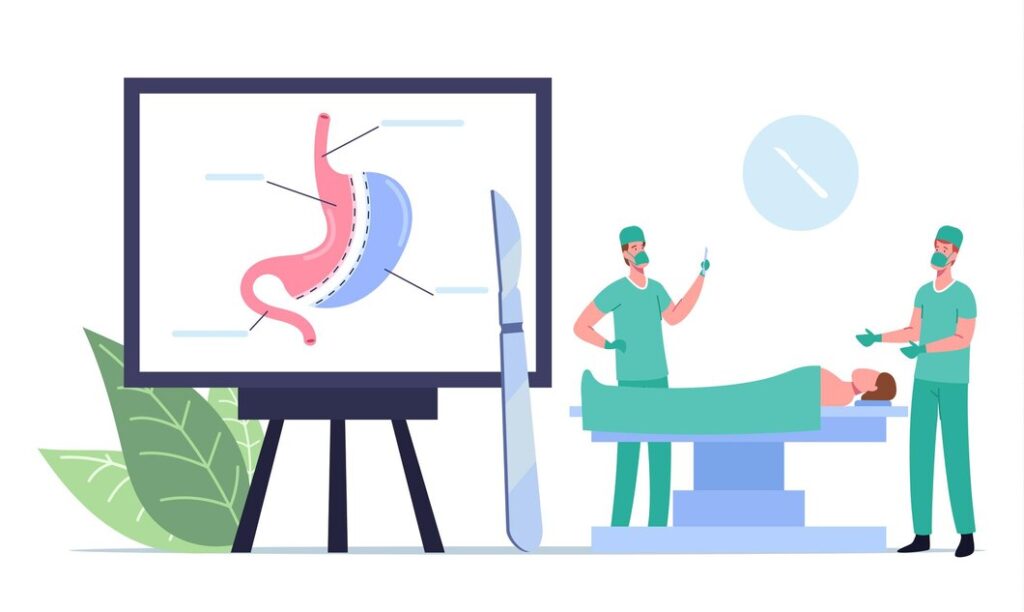Hernia Surgery:
Hernia Surgery:
Hernia surgery is a medical procedure that involves repairing a hernia, a condition where an organ or tissue protrudes through an opening or weak spot in the surrounding muscle or connective tissue. This surgery typically aims to push the displaced tissue back into place and reinforce the weakened area to prevent recurrence. Procedures can be open or laparoscopic, depending on the type and severity of the hernia.

Frequently Asked Questions:
Surgery is the most common treatment for a hernia. With a hernia, an organ pushes through the muscle or tissue wall that holds it. Most hernias form in your abdomen or groin. Hernia surgery allows your surgeon to push the organ and herniated tissue back into place and reinforce the barrier holding it there using stitches or surgical mesh.
Another name for hernia surgery is herniorrhaphy.
Not all hernias require immediate treatment, but most eventually do since they usually worsen over time. Hernias can create bulges where interior tissue presses outward through a tear or gap in a muscle or tissue wall. They can also cause unpleasant symptoms, like pressure, discomfort or pain. Depending on where your hernia’s located, it can impact other organs and cause complications.
For example, if you have testicles, a hernia can slip past a muscle wall and into your scrotum, causing swelling, pain during sex or other issues.
If a hernia causes symptoms or puts you at risk of a complication, you may need surgery.
The main types of surgery for hernia are:
- Open (traditional) hernia repair surgery: A surgeon makes a single incision (cut) that allows them to operate on the herniated tissue. They put the organs and tissue back into place and use surgical instruments to stitch the tissue back together to make it stronger. Surgeons often use surgical mesh to reinforce the tissue.
- Laparoscopic hernia repair surgery: During laparoscopy, or “keyhole surgery,” your surgeon uses several tiny cuts (usually three or four) to operate. Your surgeon inserts a thin tube with a tiny video camera (laparoscope) that projects images of your insides onto a screen. They insert surgical instruments into the other incisions that allow them to repair the hernia.
- Robotic hernia repair surgery: This type of laparoscopic surgery uses robotic surgical instruments to operate. Your surgeon works at a console driving the technology used to repair the weakened tissue causing your hernia.
AccordionAccording to the FDA, surgeons perform more than 1 million hernia surgeries in the United States annually. Each year, about 20 million hernia surgeries are performed worldwide. Most treat inguinal hernias, the most common type.Content

